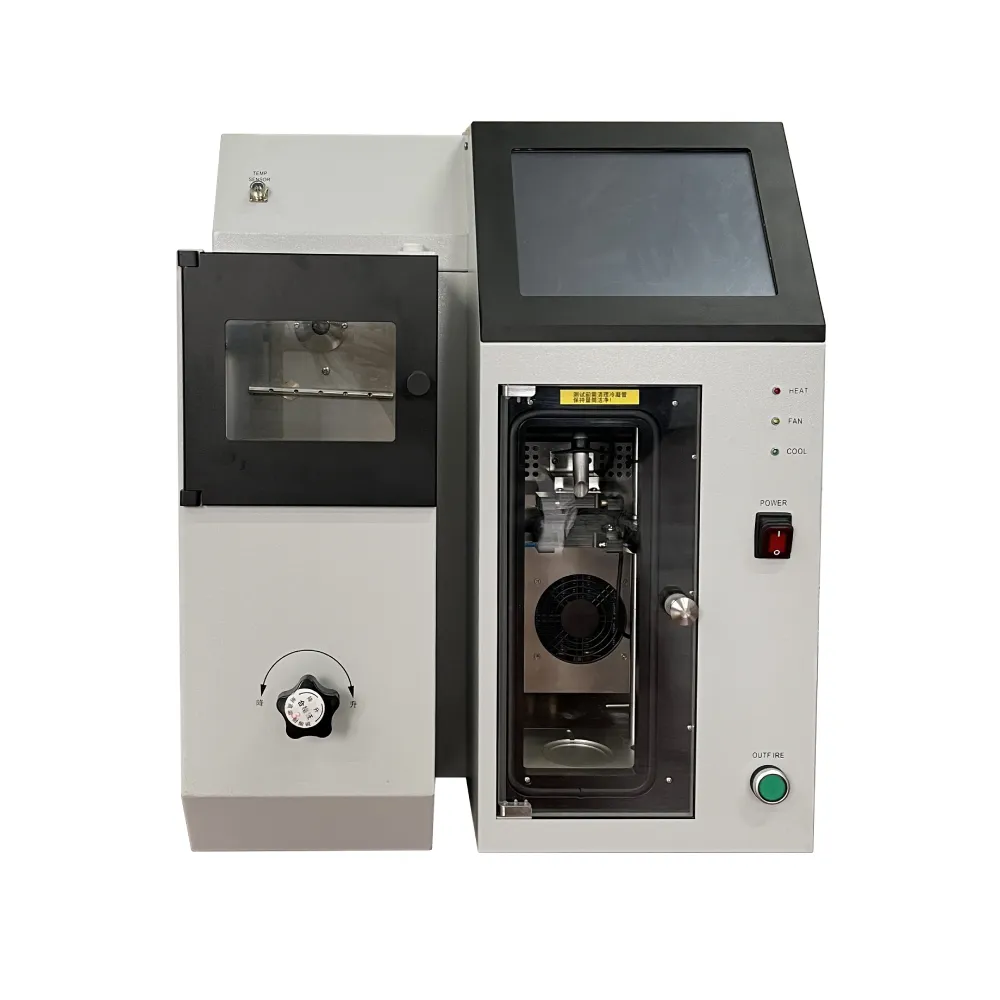 English
English


Efficient Testing Solutions for Oil Burner Performance and Maintenance Evaluation
Understanding Oil Burner Efficiency Test Kits
In the realm of heating systems, oil burners play a crucial role in providing warmth and comfort. However, maintaining their efficiency is essential for both economic and environmental reasons. One effective way to ensure that oil burners operate at peak efficiency is by utilizing an oil burner efficiency test kit. This article explores the importance of these kits, their components, and how they contribute to improved performance and cost savings.
The Importance of Oil Burner Efficiency
Oil burners, while reliable, can lose efficiency over time due to various factors, including improper maintenance, wear and tear, and improper installation. An inefficient oil burner not only results in higher fuel consumption but also contributes to increased emissions, which can harm the environment. Thus, conducting regular efficiency tests is vital for both performance and compliance with environmental regulations.
What Is an Oil Burner Efficiency Test Kit?
An oil burner efficiency test kit is a specialized tool designed to assess the efficiency and performance of oil burners. The kit typically includes various instruments capable of measuring important parameters such as flue gas emissions, combustion efficiency, and CO2 levels, among others. By conducting these tests, technicians can diagnose issues, optimize burner performance, and ensure compliance with industry standards.
Key Components of a Test Kit
A comprehensive oil burner efficiency test kit generally contains the following components
1. Combustion Analysis Device This instrument measures the composition of flue gases, including oxygen (O2), carbon dioxide (CO2), carbon monoxide (CO), and other pollutants. Accurate readings are critical for evaluating combustion efficiency.
2. Pressure Gauges Gauges are used to measure oil pressure and ensure that the burner is receiving the correct fuel delivery. Incorrect pressure can lead to inefficient combustion.
oil burner efficiency test kit

3. Temperature Probes These tools measure various temperatures within the system, such as flue gas temperature and oil temperature, allowing for a thorough analysis of thermal performance.
4. Draft Gauges A draft gauge measures the draft pressure within the flue, indicating whether the exhaust system is functioning as intended. Proper draft is essential for efficient combustion and safe operation.
5. Smoke Tester This device measures smoke levels in the flue gases, helping to identify incomplete combustion, which can lead to wasted fuel and excessive emissions.
Benefits of Using an Efficiency Test Kit
1. Cost Savings By identifying inefficiencies, technicians can make necessary adjustments and repairs that can lead to reduced fuel consumption and lower energy bills.
2. Improved Safety Regular testing can highlight issues such as high carbon monoxide levels or improper venting, which pose safety risks to occupants.
3. Environmental Compliance With stricter regulations on emissions, using a test kit ensures that oil burners operate within legal limits, helping to protect the environment.
4. Extended Equipment Lifespan Regular maintenance and testing can prevent major issues, thereby extending the lifespan of the burner and reducing replacement costs.
Conclusion
Investing in an oil burner efficiency test kit is a wise decision for homeowners and technicians alike. These kits not only enhance the performance and safety of oil-burning systems but also contribute to sustainability by reducing emissions and fuel consumption. Regular efficiency testing should be an integral part of maintenance protocols to ensure that oil burners operate effectively and efficiently, delivering comfort and reliability when needed most. Whether it's for a residential setting or an industrial application, understanding and utilizing oil burner efficiency test kits is essential for optimal performance and longevity.
-
Differences between open cup flash point tester and closed cup flash point testerNewsOct.31,2024
-
The Reliable Load Tap ChangerNewsOct.23,2024
-
The Essential Guide to Hipot TestersNewsOct.23,2024
-
The Digital Insulation TesterNewsOct.23,2024
-
The Best Earth Loop Impedance Tester for SaleNewsOct.23,2024
-
Tan Delta Tester--The Essential Tool for Electrical Insulation TestingNewsOct.23,2024





